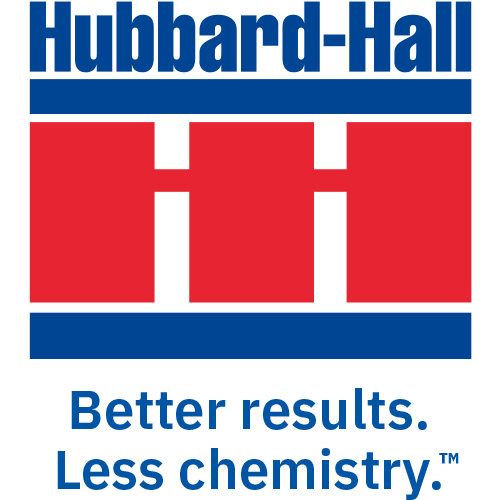Do you know the chorus of this children’s song?
“But the cat came back the very next day,
The cat came back, we thought he was a goner
But the cat came back; it just couldn’t stay away.
Away, away, yea, yea, yea…”
Like the kitty that kept coming back, thick foam on your aeration basin and digester keeps coming back no matter what you try. Why is that? And what can you do to finally get rid of it?
Fats, oil and grease (FOG) is usually the culprit. FOG entering your collection system is the favorite food of Nocardia, a surface feeding filament in the biomass. Nocardia usually produces a brown, thick foam that gets deeper and deeper over time. Several issues result: poor settling, high TSS, odor and poor dewatering.
You can use defoamers to knock the foam down, but it will come back. Why? Because new FOG keeps entering your collection system. Sometimes that FOG is from industrial sources; sometimes it is from restaurants or households. Long sludge age, low F:M ratio and long MCRT can encourage Nocardia growth and exacerbate the foaming problem.
The best way to prevent Nocardia foam is to biologically degrade FOG in the collection system before it becomes an issue at the plant. BioConversion Technology offers a custom-blended biological liquid in spore form that degrades FOG before it makes it to the plant. That liquid is BCT-FOGS.
If foaming is already a problem, you should start with chlorination to kill Nocardia and dry bacteria cultures to reduce the FOG accumulation. BioConversion Technology offers several products to help get the situation under control. You can then implement a maintenance program using BCT-FOGS to keep Nocardia and foam from coming back.







Leave a Reply